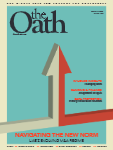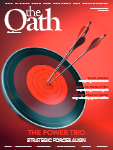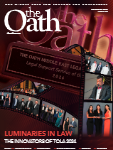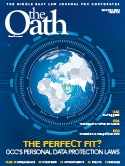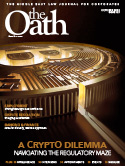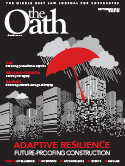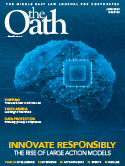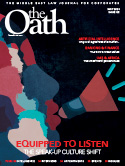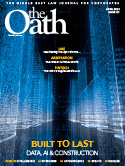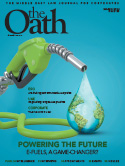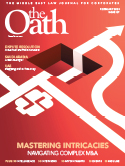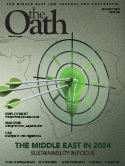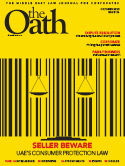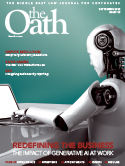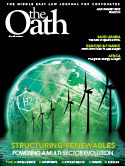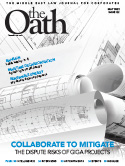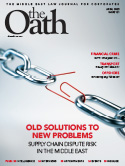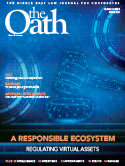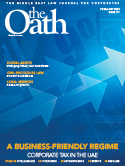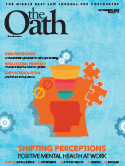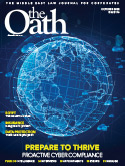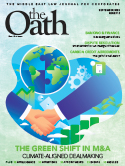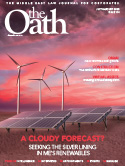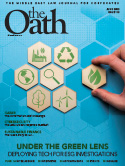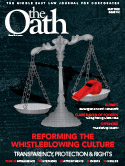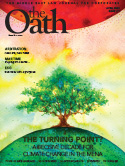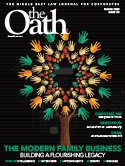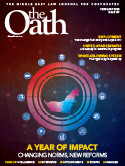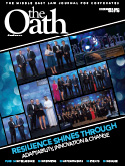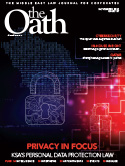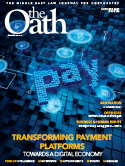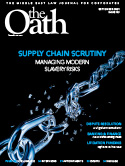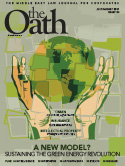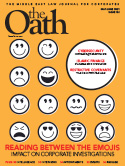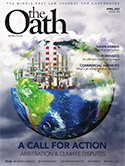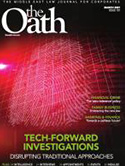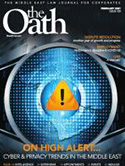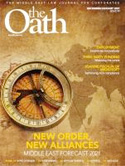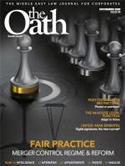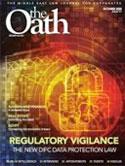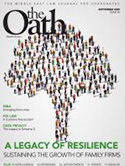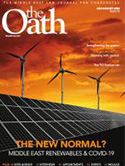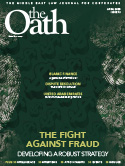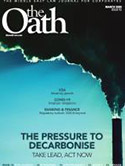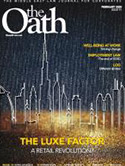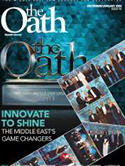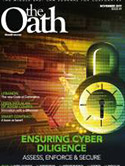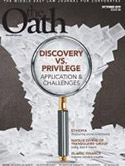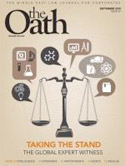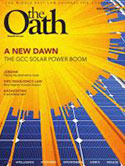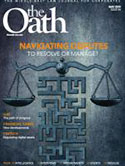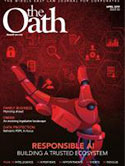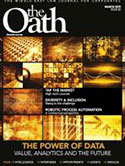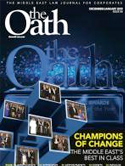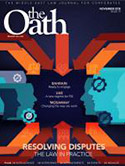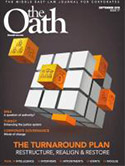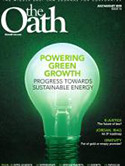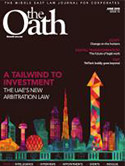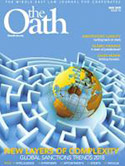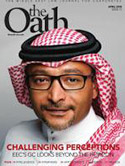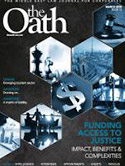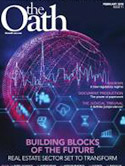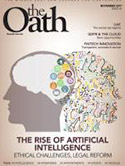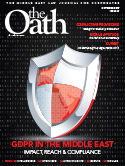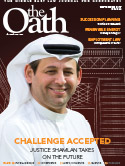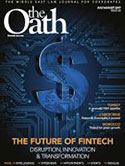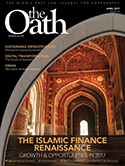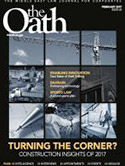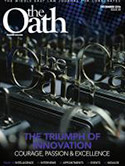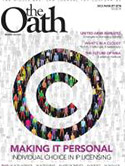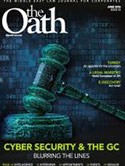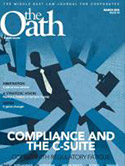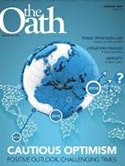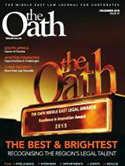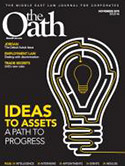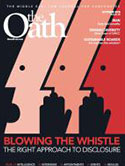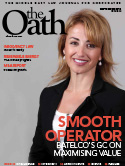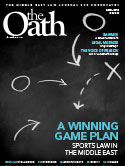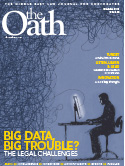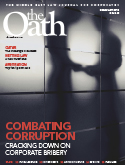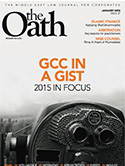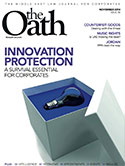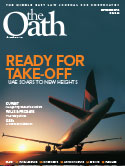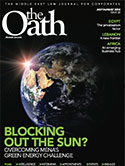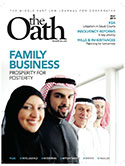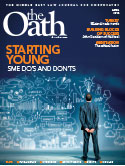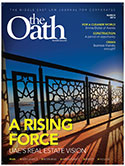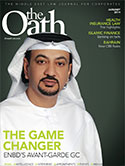Tech trends in construction disputes
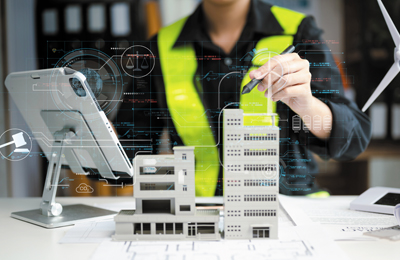
In 2025, the UAE’s arbitration landscape for construction disputes faces challenges in data management, inefficiencies and sustainability. Shannon Ng of Opus2 delves into these issues, showcasing how technological advancements are providing transformative solutions for all stakeholders involved.
The Middle East remains a dominant player in the landscape of high-value and technically complex construction disputes, with the UAE serving as a central hub for arbitration. The sector’s importance is underscored by the significant number of disputes managed by institutions like the Dubai International Arbitration Centre (DIAC). According to DIAC’s annual report for 2023[1], construction and real estate disputes represent 59 per cent of arbitration cases in the UAE, and an overall 4.4 per cent rise in DIAC-administered cases in 2023 highlights arbitration’s growing role in the region.
While arbitration offers a robust mechanism for resolving construction disputes, it is not without its challenges – particularly in managing data, reducing operational inefficiencies, and addressing sustainability concerns. The role of technology in meeting these challenges has emerged as a transformative force, poised to reshape the arbitration landscape in 2025.
This article explores the key challenges for construction disputes and examines how advancements in technology are driving solutions for practitioners, institutions, and stakeholders alike.
Key challenges in construction disputes
1. Data overload and efficiency pressures
The complexity of modern construction disputes stems from the sheer volume of data generated—contracts, schematics, project communications, and evidence submissions. This data explosion can overwhelm traditional arbitration practices, driving up costs and extending timelines. Efficiency has become paramount, compelling stakeholders to explore solutions that ensure speed and accuracy without compromising the integrity of the process.
2. Underutilisation of technology tools
While the arbitration industry has access to specialised tools, many practitioners still engage traditional, manual approaches for document bundling, evidence presentation, and hearings. Barriers such as lack of training, resistance to change, and limited awareness have slowed the adoption of technologies that could otherwise streamline processes and reduce administrative burdens.
3. Growing emphasis on sustainability
Sustainability is increasingly influencing arbitration practices, particularly in construction disputes that often span multiple jurisdictions. From paperless processes to virtual hearings, the push for environmentally friendly practices is reshaping expectations. Additionally, Environmental, Social, and Governance (ESG) considerations are becoming integral to construction contracts, encouraging greener approaches to dispute resolution.
Predictions for 2025
As the arbitration community continues to adapt to these challenges, several trends are expected to shape construction dispute resolution in the coming year.
1. Adoption of digital platforms for cost-efficient and sustainable practices
Integrated digital platforms are poised to become the norm for construction arbitration. These solutions foster seamless collaboration across stakeholders and geographies by offering tools for document management, real-time communication, electronic bundling, and evidence presentation. Platforms like Opus 2 Hearings[2] provide a centralised repository that enhances transparency and mitigates disputes around procedural fairness, ensuring parties have a clear and defensible record of the case.
The growing emphasis on cost-effectiveness and operational efficiency will drive the adoption of virtual hearings, electronic bundling, and remote collaboration tools. These technologies not only reduce costs but also support broader sustainability goals by minimising environmental impact. Features like advanced search and analytics help parties monitor dispute progress, track milestones, and identify potential bottlenecks in real time, ensuring quicker resolution of disputes.
2. The rise of artificial intelligence (AI)
AI will transform how legal teams manage construction disputes. From document summarisation to predictive analysis, AI tools will streamline preparation for hearings and improve decision-making. These capabilities enable practitioners to focus on strategic aspects of disputes rather than time-intensive administrative tasks. As AI continues to advance, its role in simplifying complex datasets and increasing accuracy will become indispensable.
3. UAE’s leadership in arbitration technology
The UAE will continue to strengthen its position as a leader in arbitration technology. With reforms to arbitration laws and a focus on digital transformation, the country will continue to attract international disputes. Procedural flexibility balanced with structured rules to address the complexities of modern arbitration, updated standards for impartiality, and the integration of cutting-edge technology will enable arbitration centres like the Dubai International Arbitration Centre and ArbitrateAD to meet the evolving demands of global businesses.
Conclusion
The challenges facing construction disputes in the Middle East – from data management to sustainability – highlight the critical need for technology innovation in arbitration. By embracing modern tools, practitioners, institutions, and stakeholders can:
- Unlock greater efficiencies, saving both time and costs;
- Ensure disputes are resolved transparently and fairly; and
- Drive sustainability through paperless processes and virtual hearings.
Opus 2’s recent expansion into the Middle East reflects our commitment to supporting this transformation and making advanced hearing solutions more accessible to the region. With a dedicated, on-the-ground presence, we aim to empower legal professionals with the tools they need to efficiently and confidently navigate the complexities of construction disputes in 2025 and beyond.
As the arbitration community adopts these advancements, the Middle East is well-positioned to remain a leader in resolving high-value disputes, offering a more sustainable, efficient, and transparent approach to arbitration.
Text by:

Shannon Ng, MENA business manager, Opus2
[1] https://www.diac.com/wp-content/uploads/2024/11/DIAC-Annual-Report-2023.pdf







